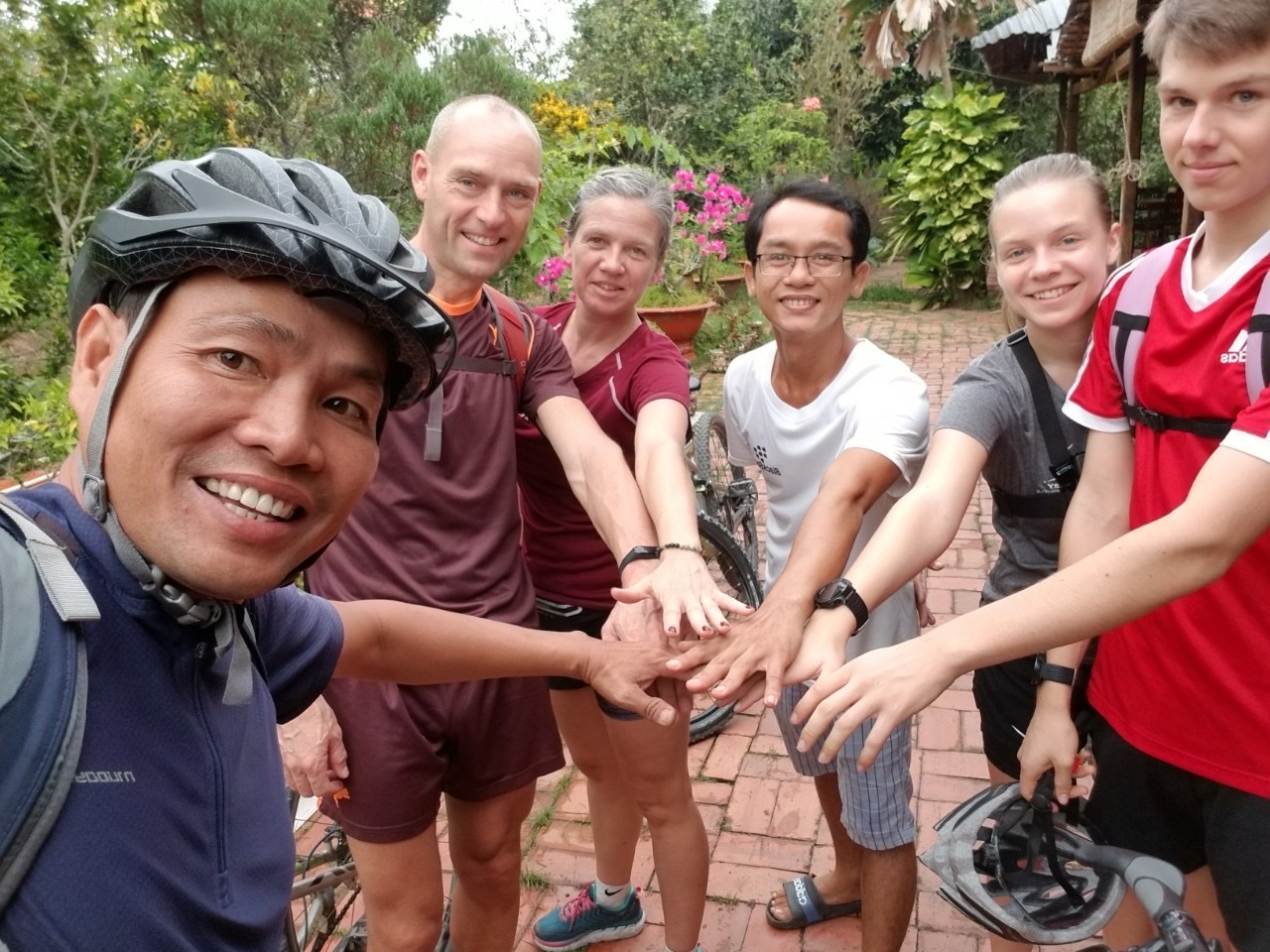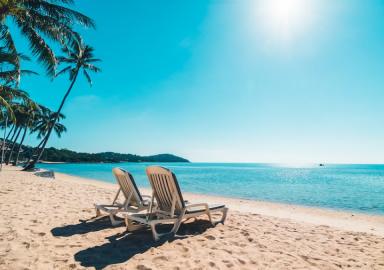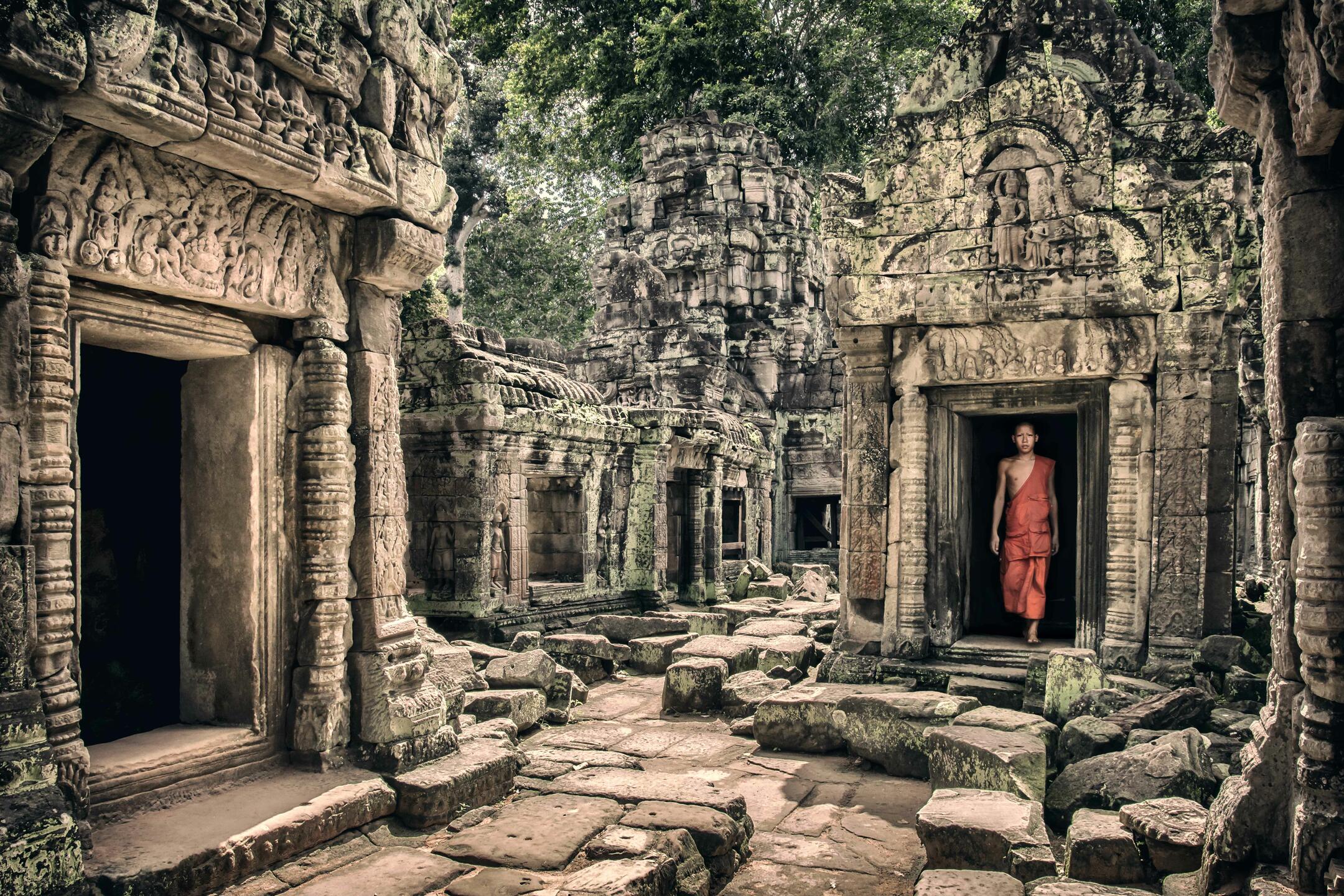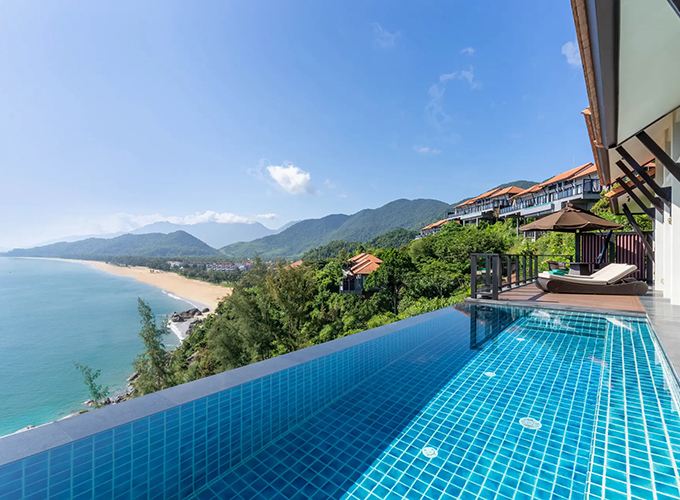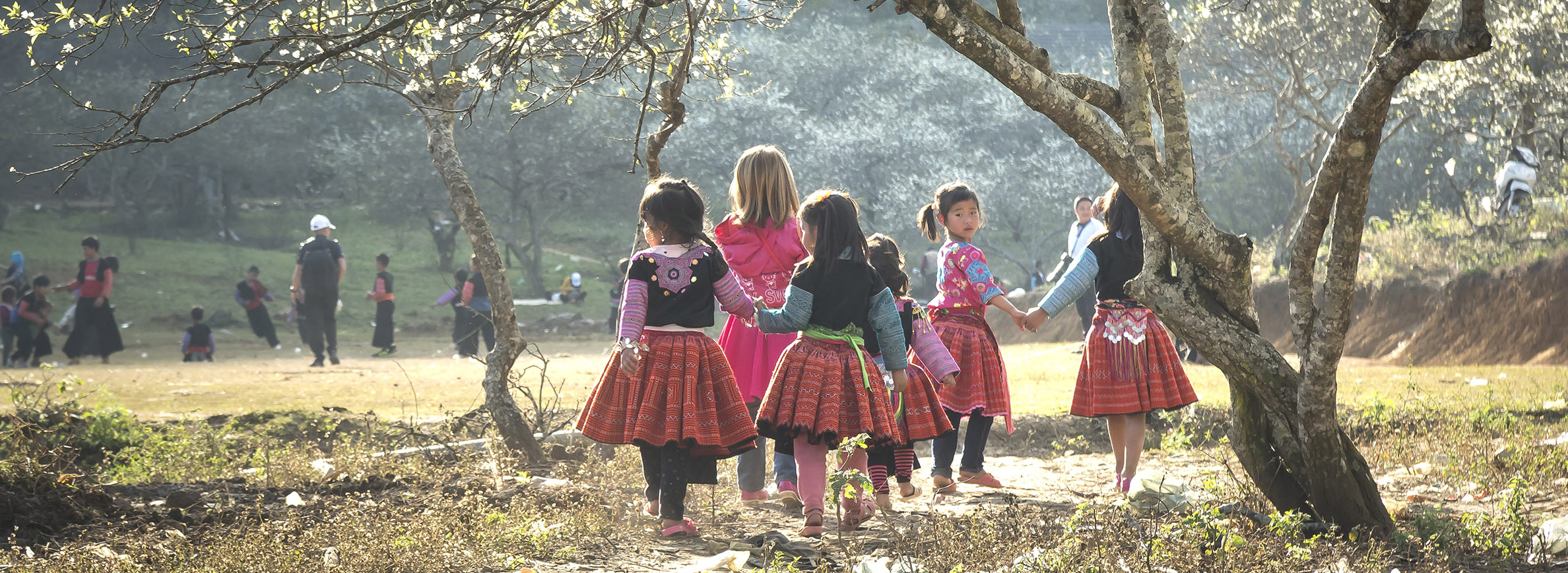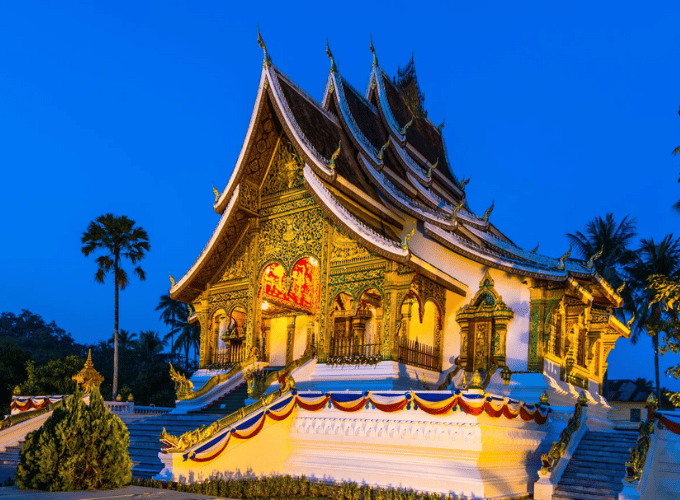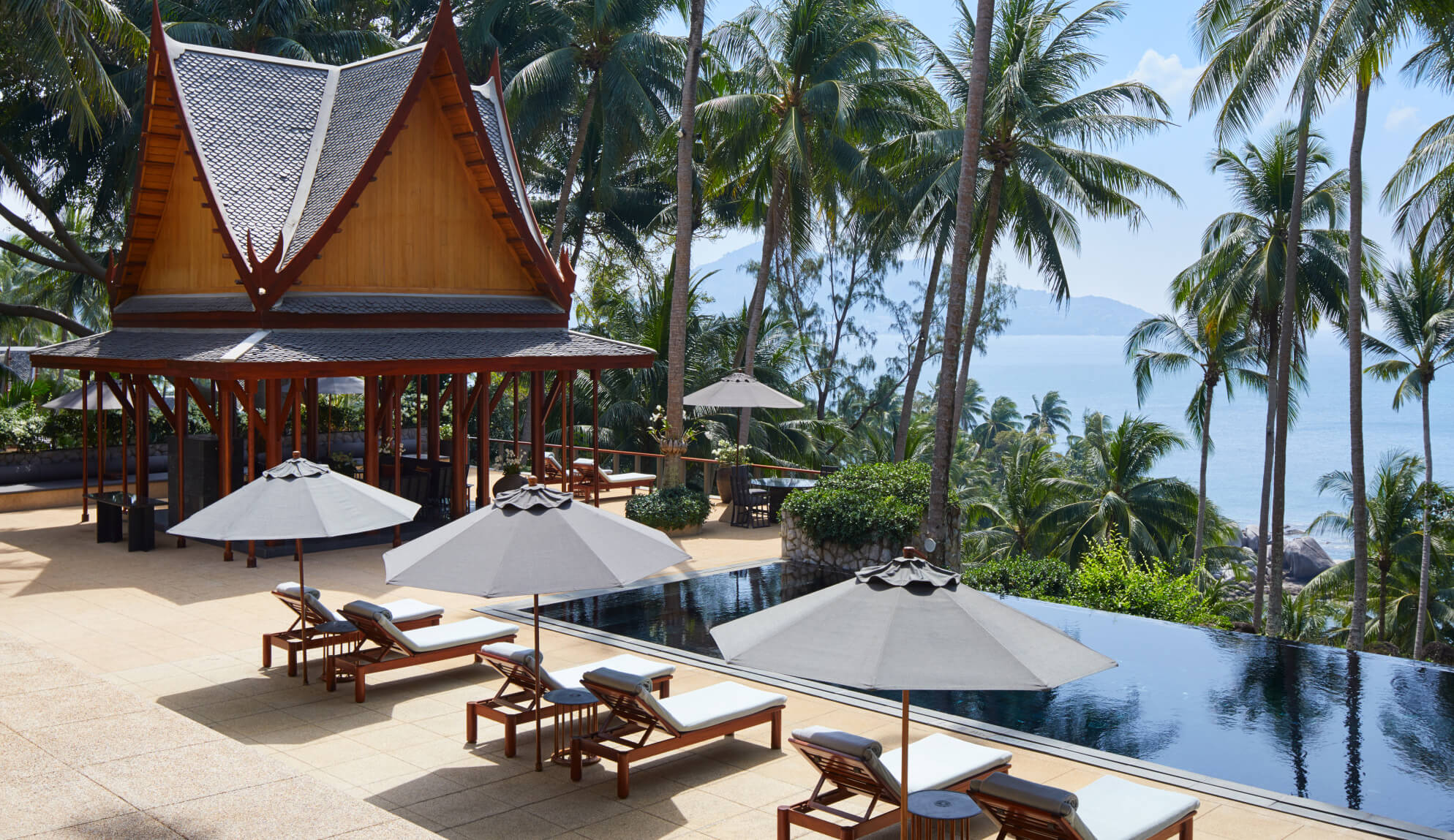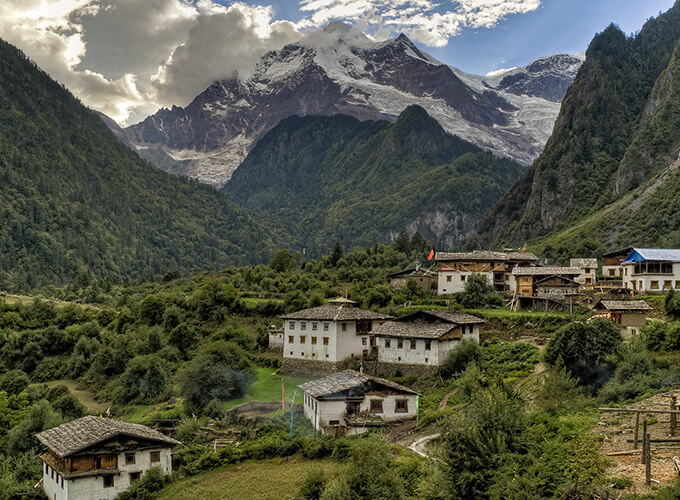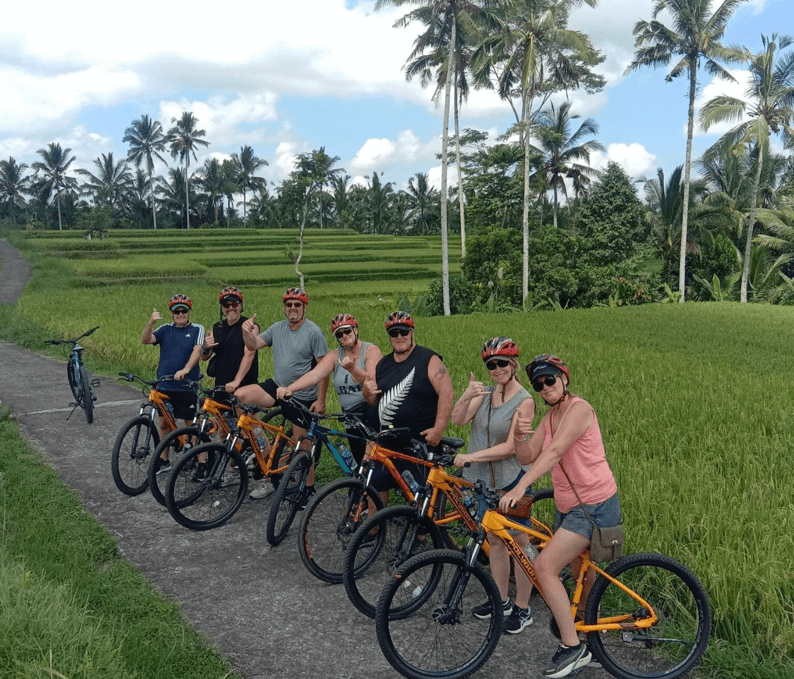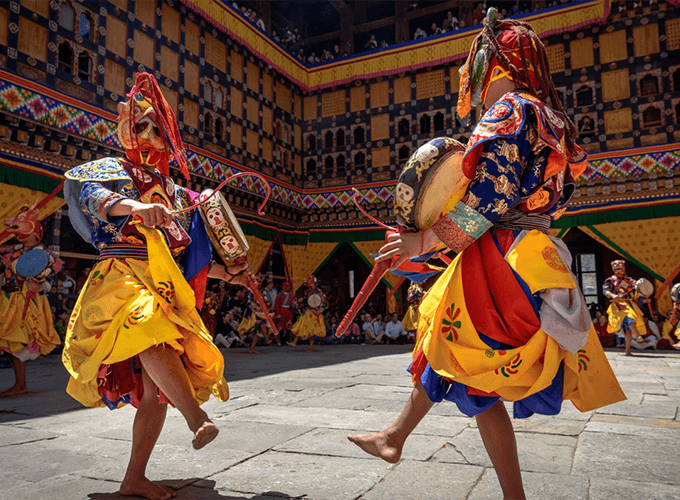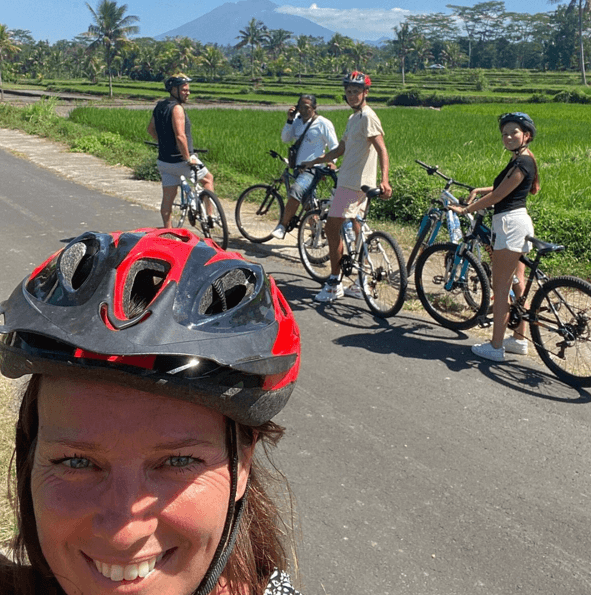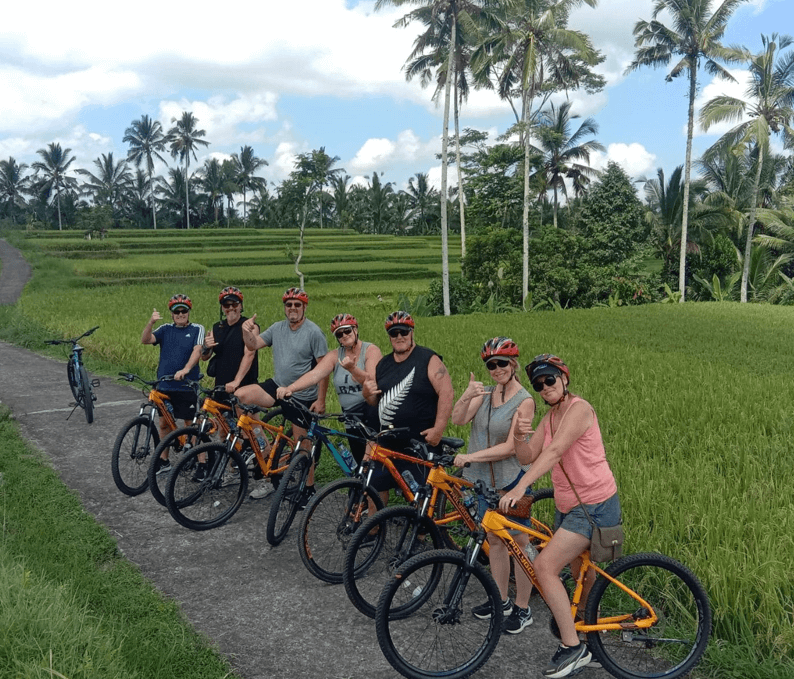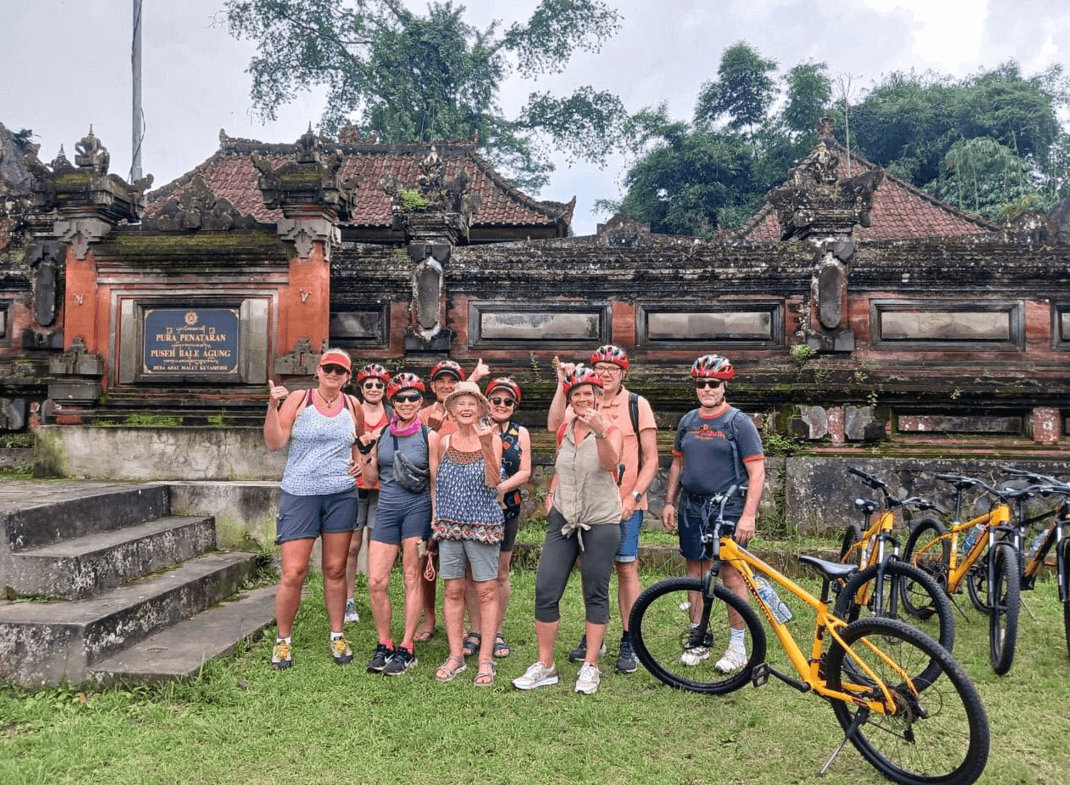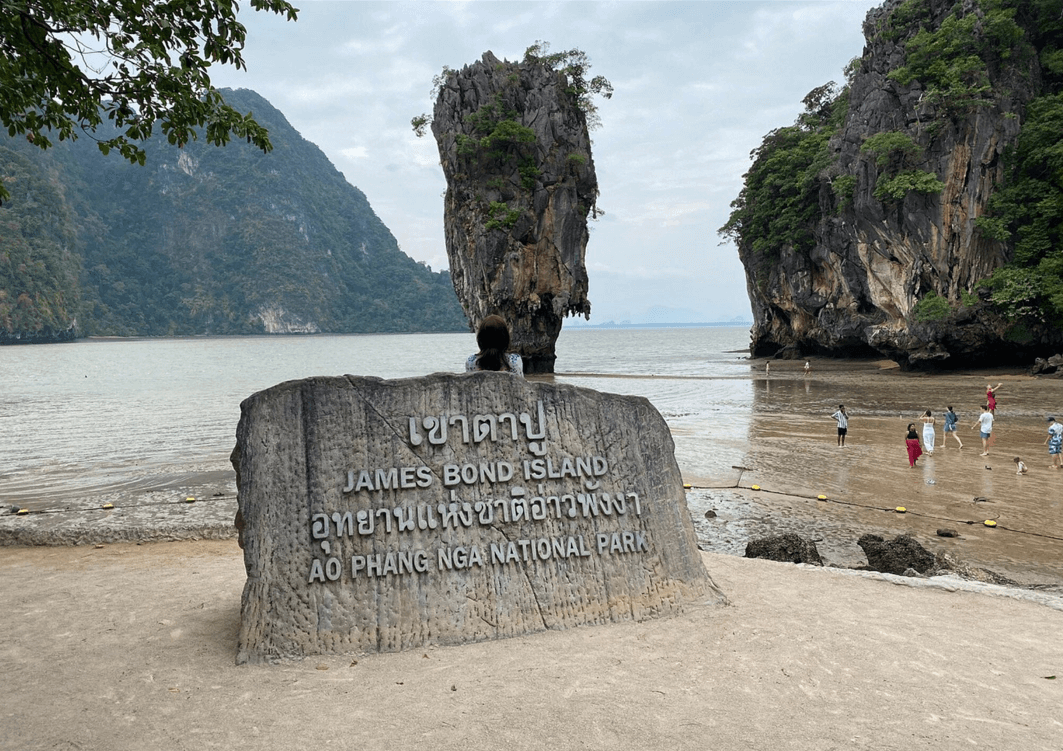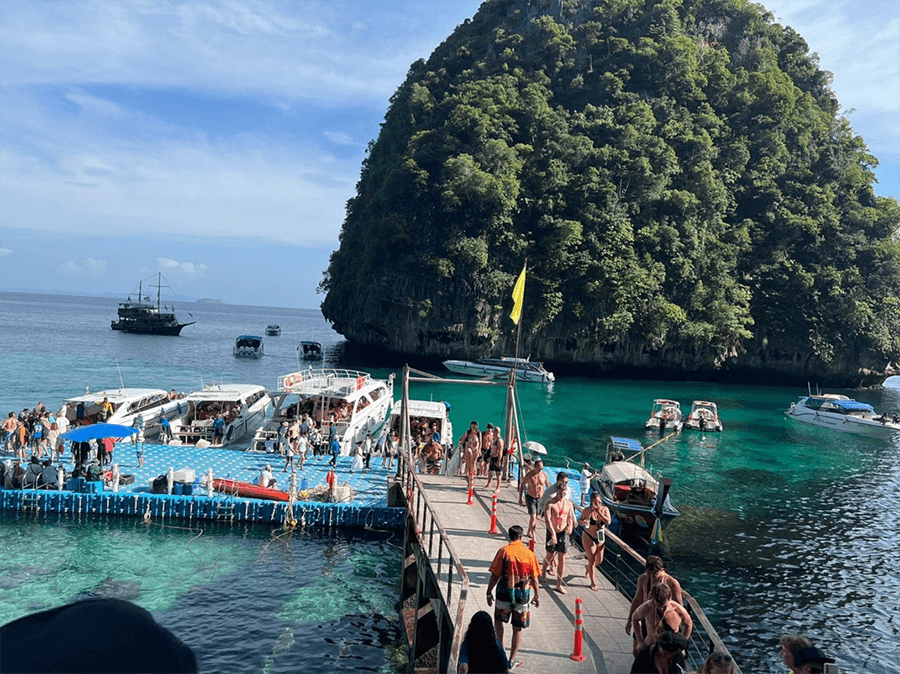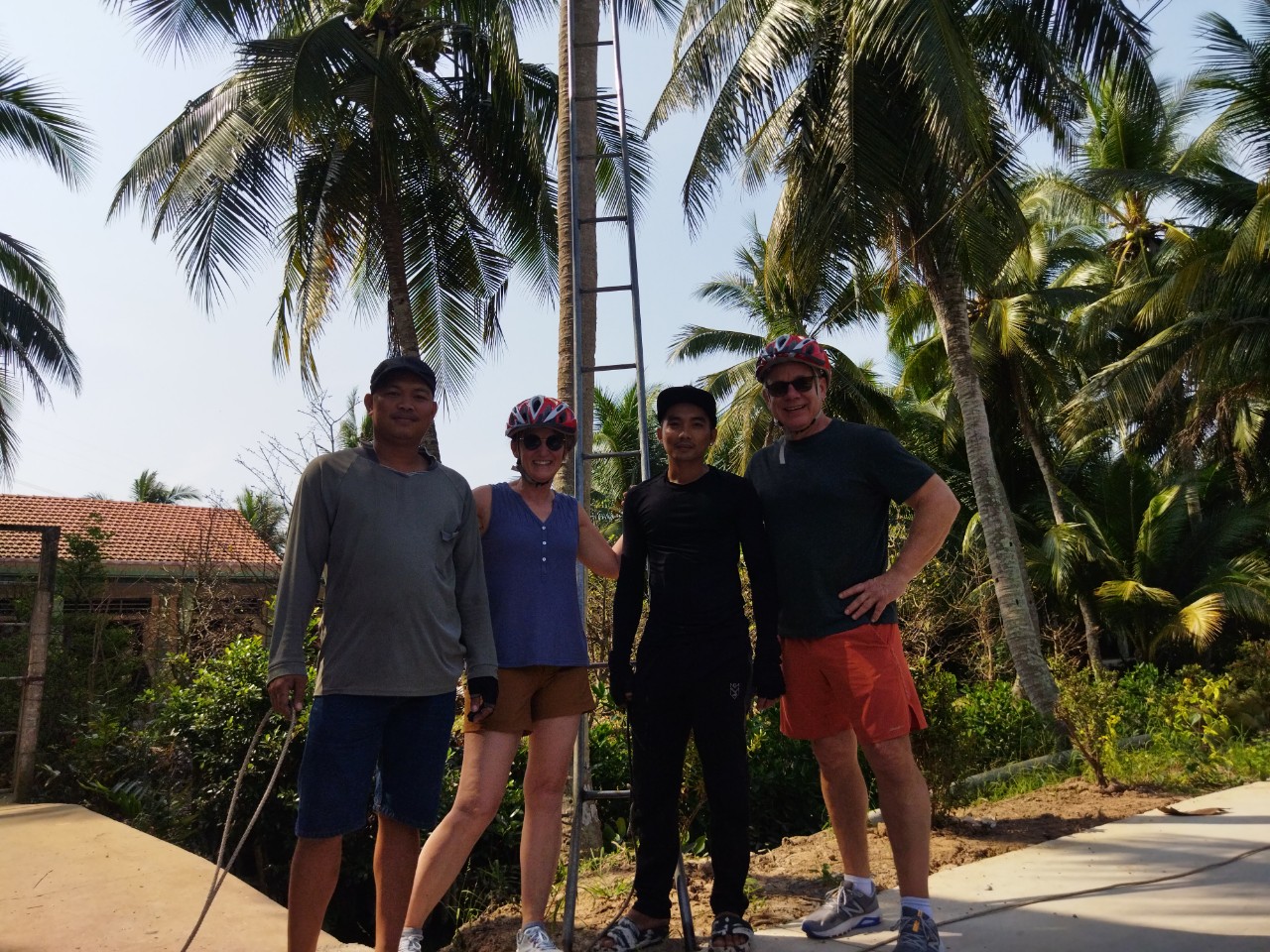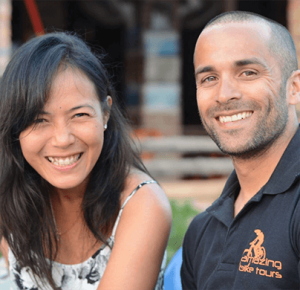Vietnam Weather Summary
Despite being a relatively small country, Vietnam holds a variety of climates that differ depending on location. Within its over 3,200 kilometres of coastline and dense, tropical inland, three distinct weather patterns can be found.
While one end of the country is experiencing tropical patterns of hot weather and thick humidity, the other end could be on the brink of freezing temperatures and light snowfall. First-time visitors to Vietnam seldom grasp this great difference in climates, but understanding Vietnam’s varying weather patterns can make (or break!) one’s experience of travelling here.
What’s the best means of understanding the different climates of the country? Breaking down the weather variations depending on the four different regions of travel: the mountainous north, the traditional north, central and south Vietnam. The question on all first- time travellers:
Mountainous North
When referring to Vietnam’s mountainous north, there are two distinct climates to keep in mind for travel. The far-north region known by many as Sapa has a dry season, running from October to late March, and a wet season, running from April to September. As mentioned previously, the months of December and January can get very cold (snow is possible, but not always likely), particularly in the evenings.
Generally speaking, for those who are looking for more ideal conditions for visiting the north, the period between October and early April, which marks the traditional ‘dry season’ is the better time to visit. Rainfall is less likely, though appropriate clothing will be required in the colder months. The rainy season (May-September) can make for a beautiful visit as well, however it may make for more soggy explorations.
Trekking and adventure:
For travellers looking to do trekking in the far northern regions of Vietnam, the best conditions are when the weather is cool and dry. September-November is the ideal time to visit, when daytime temperatures hover around 15 to the high 20’s, with cooler nights betwee 10 to low 20’s. While trekking and adventure sport is possible year-round, the late winter months and wet season can make for more trying conditions.
Traditional North
The region of Hanoi and its surrounding provinces are marked by clear winter and summer months. From November to April (winter), temperatures are much cooler, with average temperatures around the low 20’s. Summer spans between May and October, when humid weather, high rainfall and hot temperatures are predominant. For travellers looking to visit Halong Bay, the experience is best avoided between the months of July-September when the rainfall can be heavy and unpredictable (sometimes cancelling trips.)
Central Vietnam
Central Vietnam generally refers to the region spanning from Hue to Nha Trang, including the very central regions of Danang and Hoi An. The hot season of the country’s midsection ranges from mid-January to late August (temperatures and humidity climbing as the months carry on), ultimately rolling into the wet season between September-late December. The months between October and November see the most rainfall, often coming in swells alongside typhoons from the east.
Being a touch farther north, Hue’s temperatures tend to be slightly cooler than those of Danang and Hoi An, with a grand mountain range separating the two provinces (creating its own erratic weather patterns).
Farther south down the coast from Hoi An in Quy Nhon, the weather stays strikingly similar, with a dry season the lasts just a touch longer. Extending a bit further to Nha Trang, and the dry season carries on even longer, spanning from early January to late September. Most of the region’s rains fall between the months of October and November, however the rainfall is considerably less than that in Danang and Hoi An.
Finally, in the central highland region of Dalat, the wet season runs between June to October and the dry season from November to May. December and January are also dry, however temperatures can get quite chilly as well. For outdoor adventure seekers, the wet season in Dalat can prove to be a bit more testing.
South Vietnam
South Vietnam is an anomaly compared to the rest of the country, with more steady conditions observed throughout the year. The dry season runs from November to early May, with the highest temperatures being between late February and May. The wet season runs between May to November, with June-August receiving the most rainfall. Unlike its northern neighbours, however, the rainfall in the south is often heavy, but short lived. This means for the travellers who don’t mind braving the squalls, they may still be treated to good weather in the ‘rainy’ season.
The far south of Vietnam (the islands of Phu Quoc and Con Dao) are beautiful year round, enjoying temperatures between the mid 20s and 30’s- ideal for vacations! While there is a small rainy season, squalls are also heavy and short lived.
What is the best time of year to visit Vietnam?
Because the weather of Vietnam greatly varies by region, there is no exact ‘best time’ to visit. In the mountainous north and traditional northern regions (i.e. Sapa and Hanoi, respectively), May to October marks a period of hot and humid weather, accompanied by high rainfall. The opposite period of November to April is defined by cooler, more dry weather, with more extreme variations existing in the mountainous north. Whilst Hanoi can certainly get chilly, December & January in the Sapa region of Vietnam can get properly cold, creating the potential conditions for snow. A bit further down the coast in Central Vietnam, January-August marks a period of hot, semi-humid weather (temperatures hovering in the 30’s), while the opposite period of September-December sees cooler temperatures and potential heavy rains. Finally, in the southern Vietnam regions, November to August means hot and semi-humid weather (central and southern Vietnam are seldom dry), May-October marks the very hot and humid period, with the heaviest rainfall between June-August.



